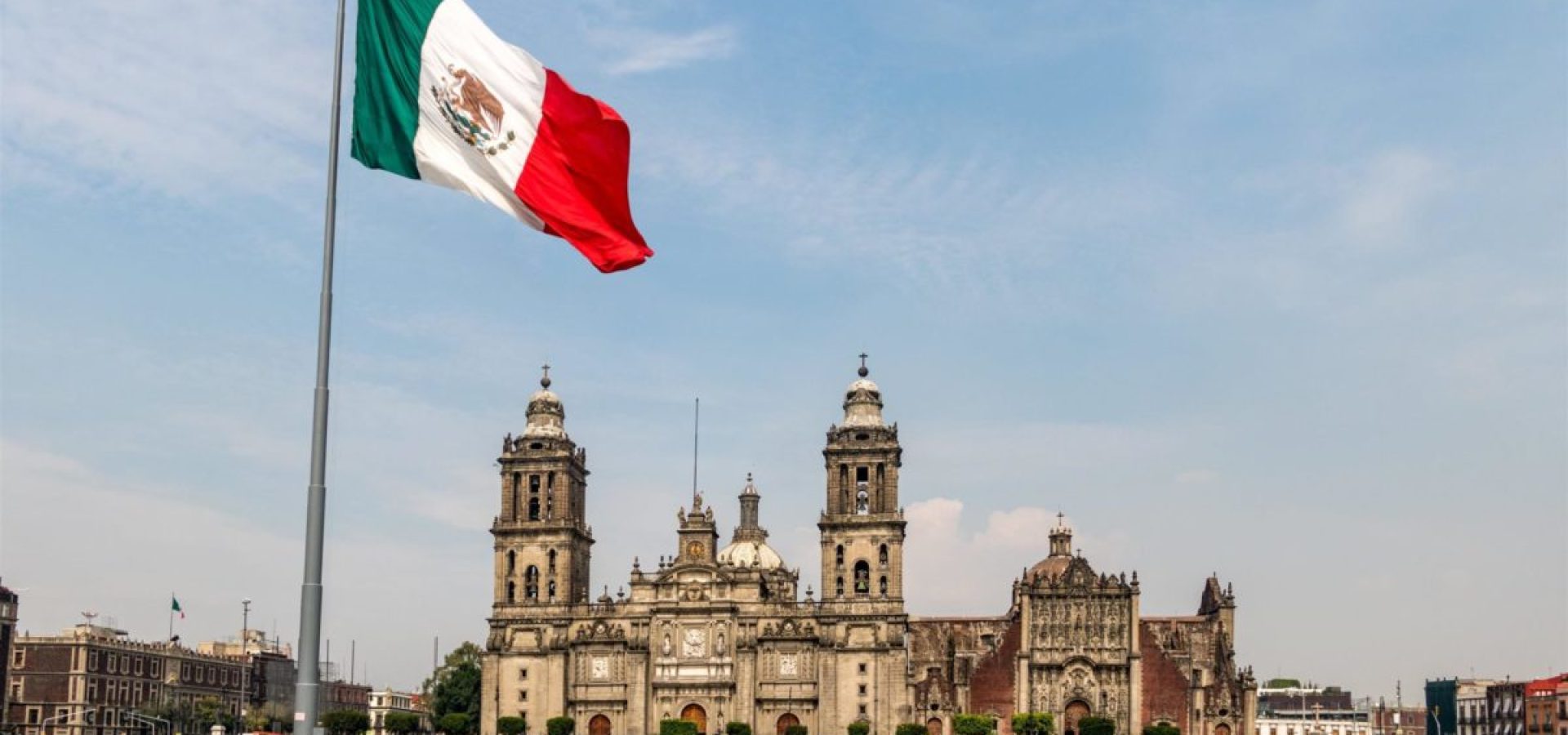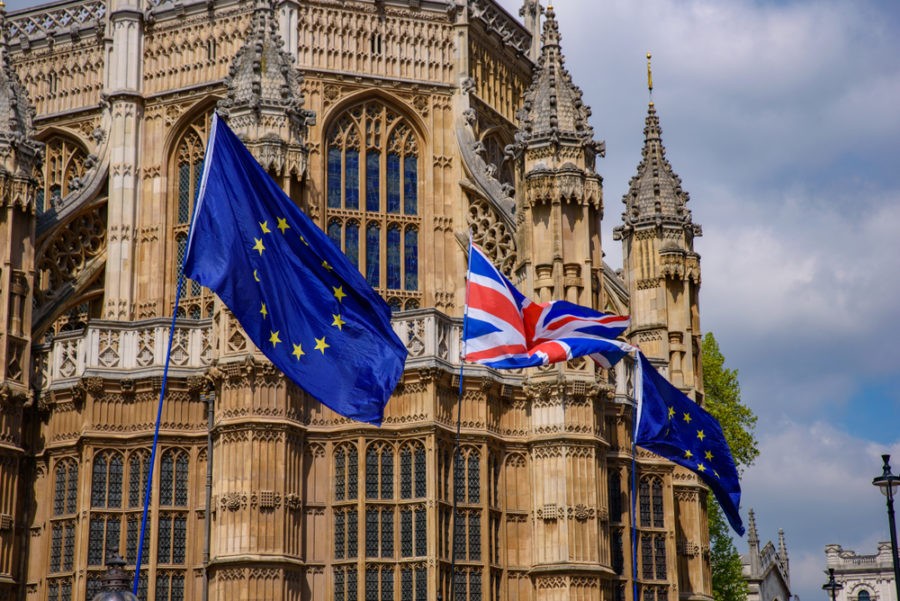On Wednesday, Mexican President Andres Manuel Lopez Obrador unveiled a plan to reopen the country’s economy. He plans to reopen the economy by June 1 as part of “new normality”. The authorities imposed restrictions to limit the spread of the coronavirus pandemic.
According to Lopez Obrador, the reopening of economic as well as social and educational activities would be gradual, beginning with regions less affected by the pandemic. Moreover, this plan includes a “traffic light” coding system. The purpose of this system is to inform the public in different states of Mexico which businesses and activities are safe to resume. This coding system will make life easier for millions of people across the country.
However, this announcement came less than 24 hours after the country reported its deadliest day. On Tuesday, 353 people died due to the coronavirus pandemic.
As of May 14, the number of confirmed cases surpassed 40,000. However, experts say the true numbers are likely much higher as the country has not collected sufficient data on the disease across the country. Moreover, the country did not create effective mitigation measures. As a result, by reopening the economy the number of cases may increase due to the lack of preparation.
The economy of Mexico and the main challenges
It is worth mentioning that, when it comes to COVID-10 as of May 13, Mexico conducted 0.9% tests per 1,000 people. It was the lowest result among Organisation for Economic Co-operation and Development (OECD) countries.
Interestingly, despite insufficient data, Deputy Minister of Health Hugo Lopez-Gatell announced on May 5, that Mexico had flattened the epidemic curve.
According to the official, thanks to the government’s “healthy distance” measures the number of new cases fell by 60 to 75%. The “healthy distance” measures include staying at home as well as wearing a mask in public. Another measure is to practice hygiene.
Nevertheless, health experts do not with the official position and they questioned the government’s findings. Moreover, health experts also underlined that due to the widespread presence of pre-existing medical conditions, may Mexicans are vulnerable to the coronavirus pandemic.
For example, about third Mexican adults are classified as obese. Moreover, about 16% suffer from diabetes and more than 30% have hypertension. Consequently, all of the diseases mentioned above makes people more susceptible to complications from the virus.
Despite all challenges, by reopening the economy, the government may help millions of people. Importantly, 56% of workers in the country are employed in the informal economy. Moreover, in Mexico, there are no federal unemployment benefits. As a result, people do not have the opportunity to stay at home for several months.











COMMENTS